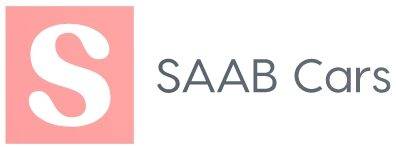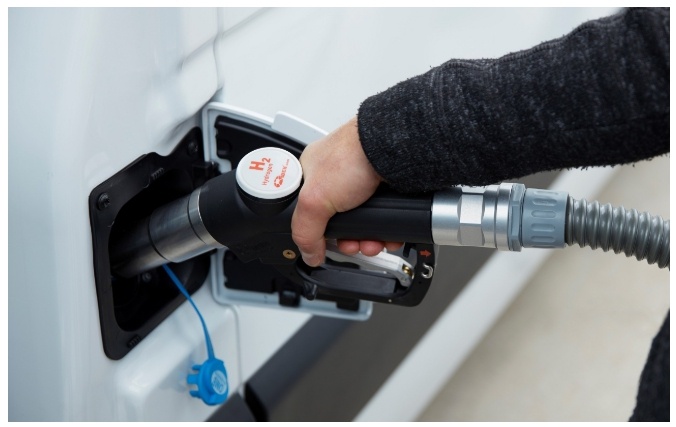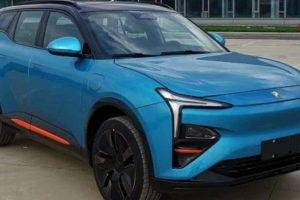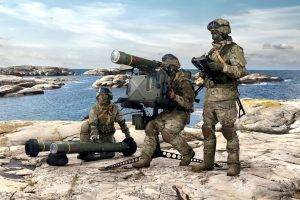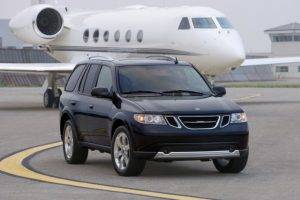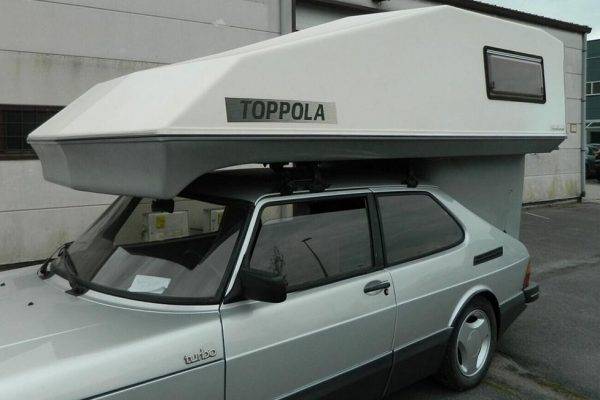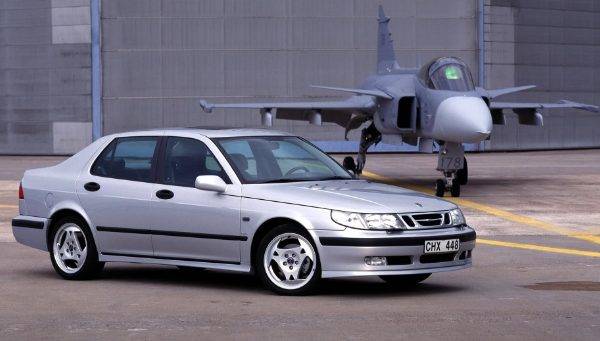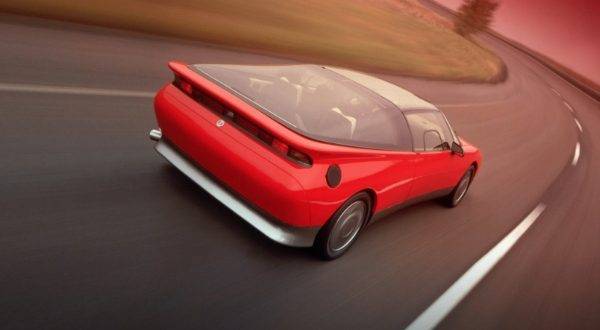Zoom Arval Mobility Observatory – And if finally the future of the car did not pass, contrary to what is widely assumed, by the electric car with rechargeable batteries?
And if tomorrow humanity was rolling, rather, in vehicles propelled by a fuel cell fueled by hydrogen, the most available resource in the universe? In a word, and if Jules Verne had been right before all the world; he who predicted in the Mysterious Island – published in 1874 – that hydrogen would one day be the main source of energy used by man (1) …
Of course, sci-fi and economics rarely mix. However, strong signals are multiplying in favor of this gas generating by burning only water vapor. Even the International Energy Agency is now betting on the future of hydrogen and calls for an acceleration of its exploitation as part of the energy transition.
Several countries have already made hydrogen their priority for the next few years. This is the case of China, which is home to half of the world’s electric vehicle fleet. This is also true of Japan, which intends to take advantage of the exceptional showcase offered by the 2020 Olympics to deploy its know-how in this area. On the other side of the globe, in California, a million hydrogen vehicles could travel the roads in 2030. Each time, consistent investments are planned to create a network of charging stations at the height of everyone’s ambitions.
On the industrial side, it’s the wake of arms. The summer has been rich in announcements on the front of the fuel cell. BMW, for example, confirmed that its first hydrogen model would be an X5 and that it would arrive around 2022. As for the Continental Automotive equipment supplier, it has inaugurated a laboratory dedicated to the fuel cell, in cooperation with the University Chemnitz technique. What about the Chinese Great Wall, which has made several acquisitions in this area and has planned to release its first fuel cell model in 2020, under the brand Wey?
And the French builders in all this? The good news is that they get started after leaving the field open to Toyota, Hyundai and Honda. Faurecia and Michelin are working together on this technology through the company Symbio, whose fuel cell range extender had equipped in 2016 a thousand Kangoo electric La Poste.
PSA is launching a fleet of hydrogen utility vehicles in 2021. As for Renault, it is marketing a hydrogen version with range extender of the small Kangoo utility, and program for 2020 a hydrogen version of the Master.Lentement but surely also hydrogen buses begin to cross the roads of several communes of the Hexagon. Taxi fleets, such as the Hype fleet in Paris backed by global gas giant Air Liquide, are betting on this technology.
It remains to heal the Achilles heel of the hexagonal sector for hydrogen vehicles to circulate in number: the charging stations. Costly (around a million euros), there are barely more than a dozen in France, when Germany claims more than 75 and 381 are operated around the world. It is therefore a safe bet that it will take a lot of Jules Verne of the 21st century to reverse the trend and fill the gap of France. For once, let’s avoid the story of the egg and the hen: let’s launch in France a real plan of deployment of the stations, the vehicles will follow.
